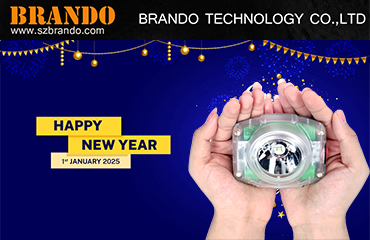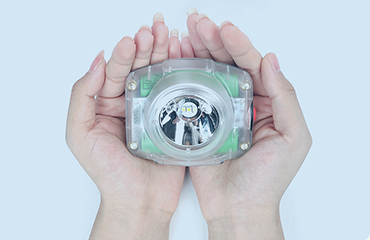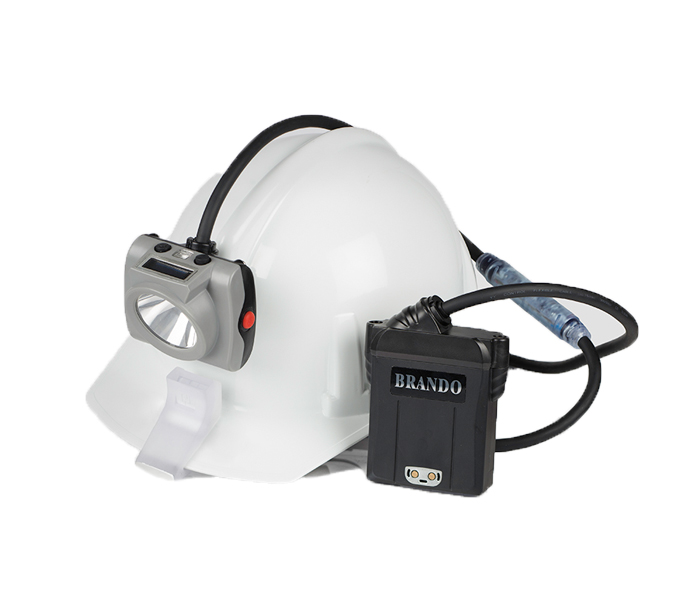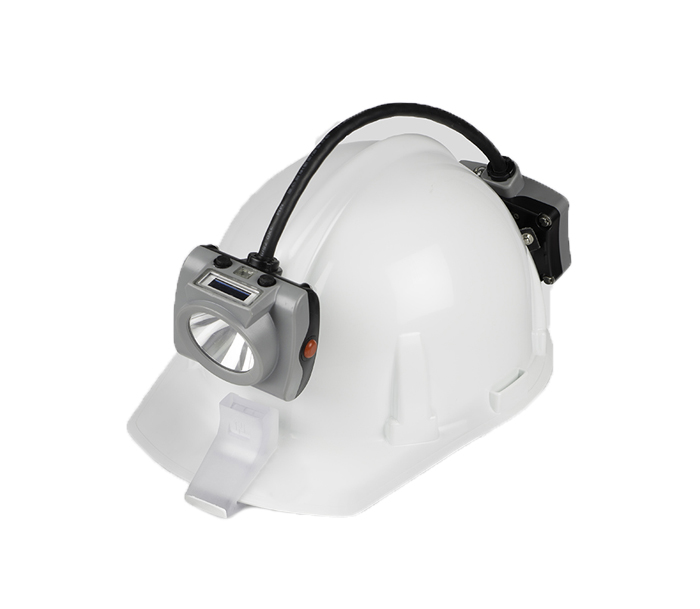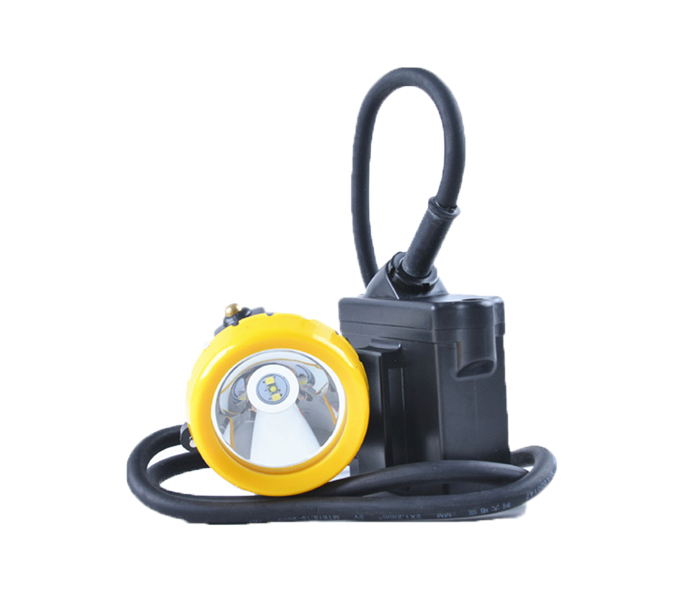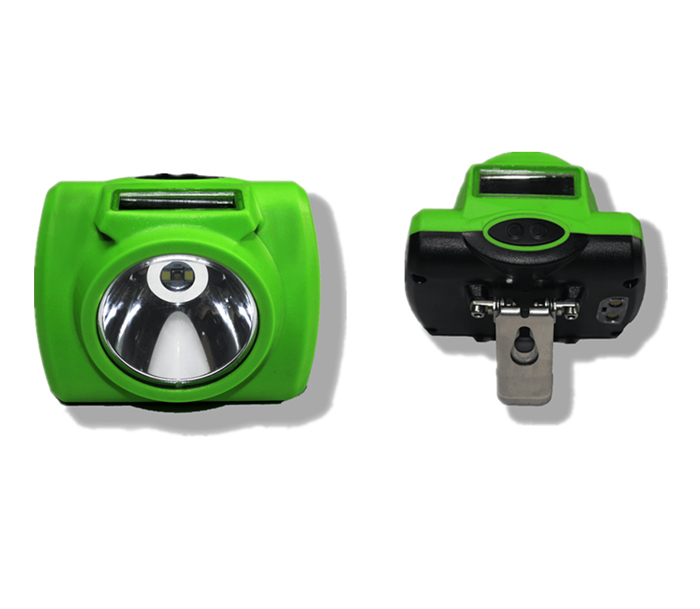What are key factors that mines should consider in implementing LED strips?
The ingenious design has a feature which allows for the connection of a power supply on either end, or both ends of the strip lighting. In doing so the rated length effectively doubles and the lighting will continue to operate if completely severed or if one of the power supplies fails. The Strip Lights come in meter sections, and this means only the meter that break or fail will be affected and turned off, the rest of the strip lighting will still work.
What are key factors that mines should consider in implementing LED strips?
The following variables need to be determined when considering LED Strips:
Voltage of the mine’s power supply
Strip Lights are generally 24V – 36V, which require an external driver, or 110V – 240V, which has a much smaller inline driver.
Lengths required
12V - 24V LED Strips generally come in 10m lengths. They can often be cut into smaller pieces down to 10cm.
110V – 240V LED Strips generally come in 10m rolls. The smallest units for these are 1m pieces. They are better suited for large areas.
Quantity of light required
What are the Lumen or Lux requirements per meter of Strip Light? Different LED specification are available for different light outputs for different applications.
Waterproofing
Operating conditions determine the waterproof rating. Various options are available.
Mines can easily apply Strips to existing structures.
Due to the low energy consumption of Strip Lights, new installations require less cabling and switchgear, and can also be easily attached to existing infrastructures. Or Fitting a metal clip in every meter to the wall. No need for extra wiring and no fuss.
Strip Lights are Modular and Compatible
The lighting is completely modular with all solutions fully compatible, allowing for interjoining with each other. The lighting runs can be cut throughout the run with cutting intervals every 1m, depending on the solution used.
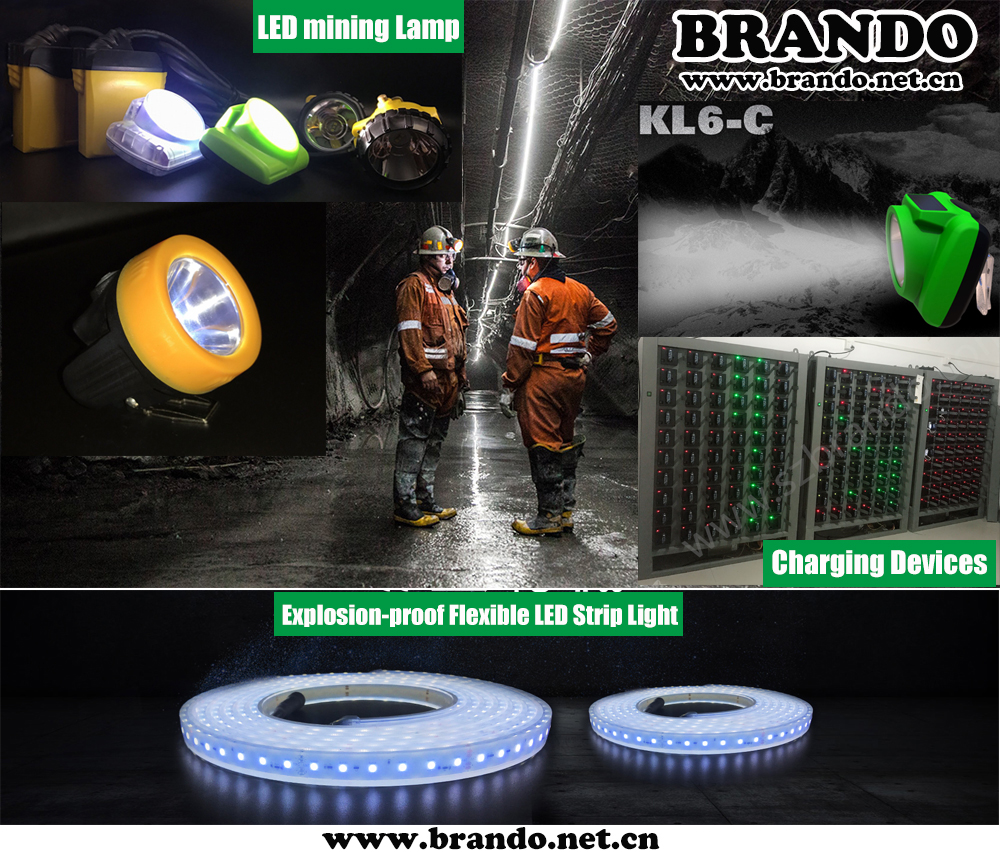
 Previous: Salt Fog Test
Previous: Salt Fog Test








